The Rotating Fury That Begins in the Atmosphere
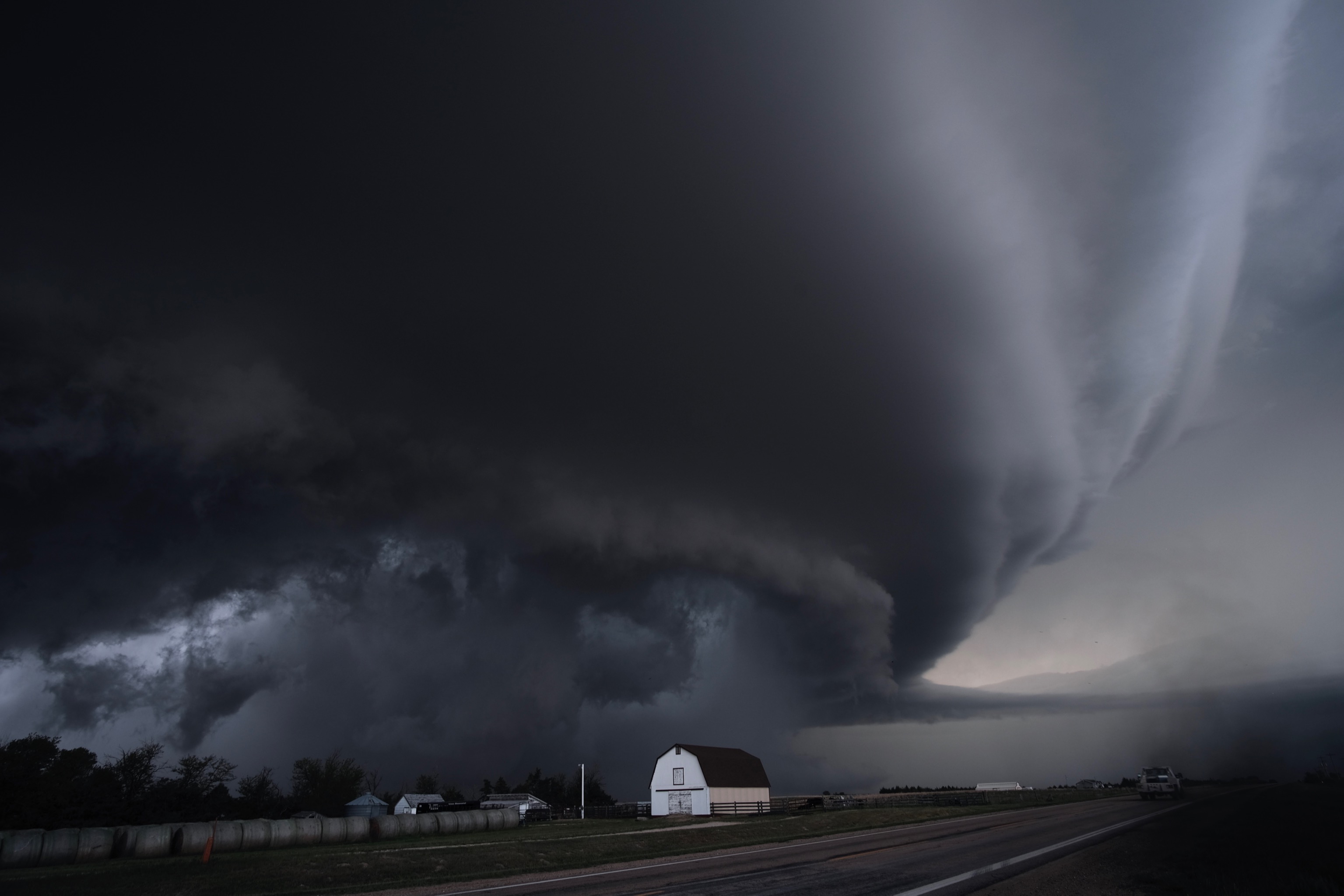
Picture this: you’re standing in a vast field when you notice something peculiar in the sky above. What starts as an innocent-looking thunderstorm cloud suddenly begins to twist and spiral with a life of its own. A supercell is a thunderstorm characterized by the presence of a mesocyclone, a deep, persistently rotating updraft. This rotating column of air is the birthplace of one of nature’s most destructive phenomena.
The magic happens when warm, moist air from near the ground collides with cooler, drier air aloft, creating an unstable atmosphere. The updraft tilts environmental horizontal vorticity upwards. The updraft rotates cyclonically as a whole if this vorticity is streamwise in the updrafts’ reference frame. Think of it like spinning a top – except this top is made of air and can grow miles tall.
Supercells: The Tornado Factory
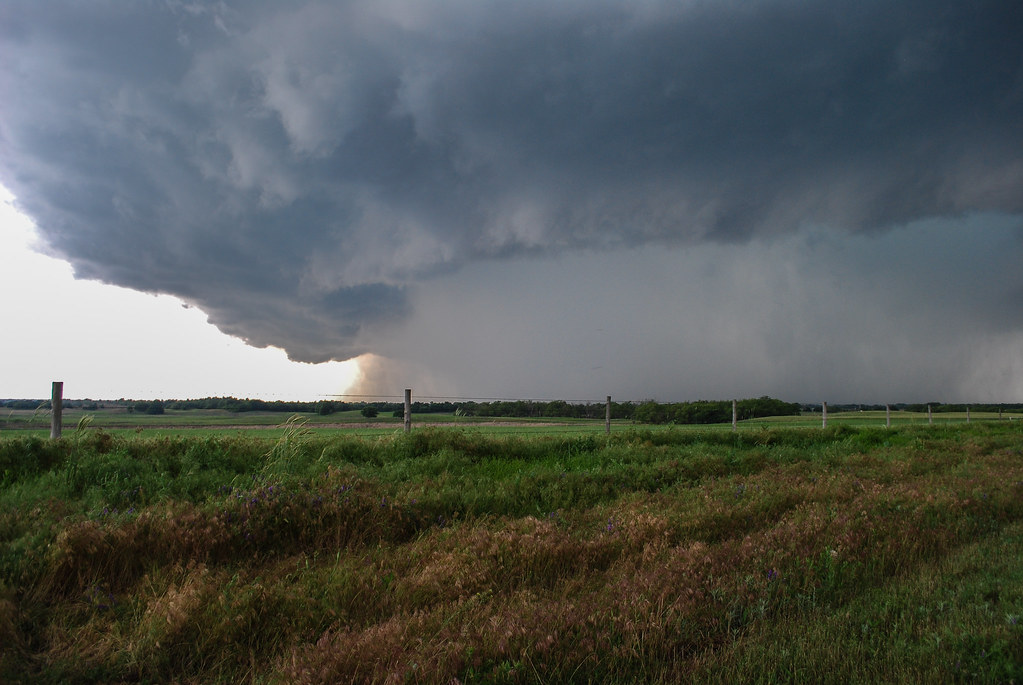
Supercells are one of the few types of clouds that typically spawn tornadoes within the mesocyclone, although only 30% or fewer do so. These massive rotating thunderstorms are like nature’s own tornado factories, but thankfully, most of them don’t actually produce tornadoes. When they do, however, the results can be devastating.
What makes supercells so special is their incredible longevity and organization. They tend to last 2–4 hours, but under highly favorable conditions, can last even longer. Unlike ordinary thunderstorms that peter out quickly, supercells can dominate an area for hours, continuously feeding off the atmospheric instability around them. NOAA and NSSL studies indicate that supercells produce a majority of significant tornadoes, such as EF2 and higher. While not all supercells generate tornadoes, strong supercells are the most common source.
The Four Stages of Tornado Birth
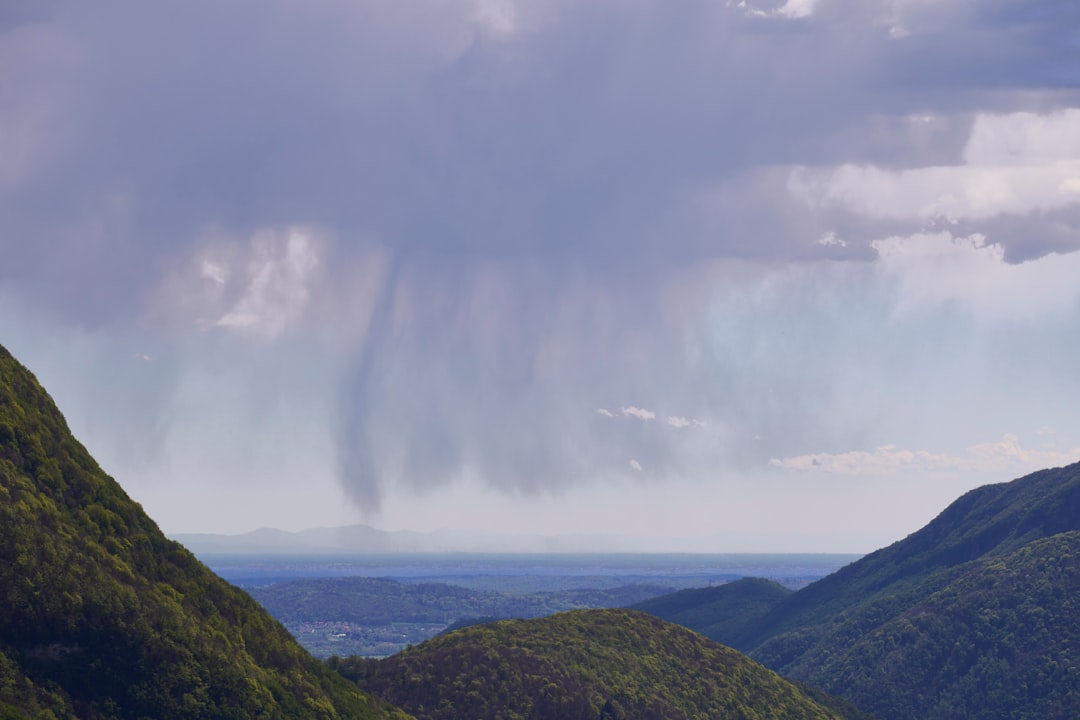
Over the last decade, supercell simulations and observations with ever-increasing resolution have provided new insights into the vortex-scale processes of tornado formation. This article incorporates these and other recent findings into the existing three-step model by adding an additional fourth stage. Scientists have recently updated their understanding of how tornadoes form, expanding from a three-stage to a four-stage process.
The genesis of the first tornado in a supercell is a complicated process that generally takes over an hour after storm initiation. The tornado is generally preceded by a near-ground cyclone that is intermediate in size between a mesocyclone and a tornado. It’s not an instant process – nature takes its time building up to the main event. The stages involve the formation of a rotating updraft aloft, the development of rotation near the ground, and finally the birth of the tornado itself through the collapse and spin-up of smaller vortices.
The Mystery of Mesocyclones
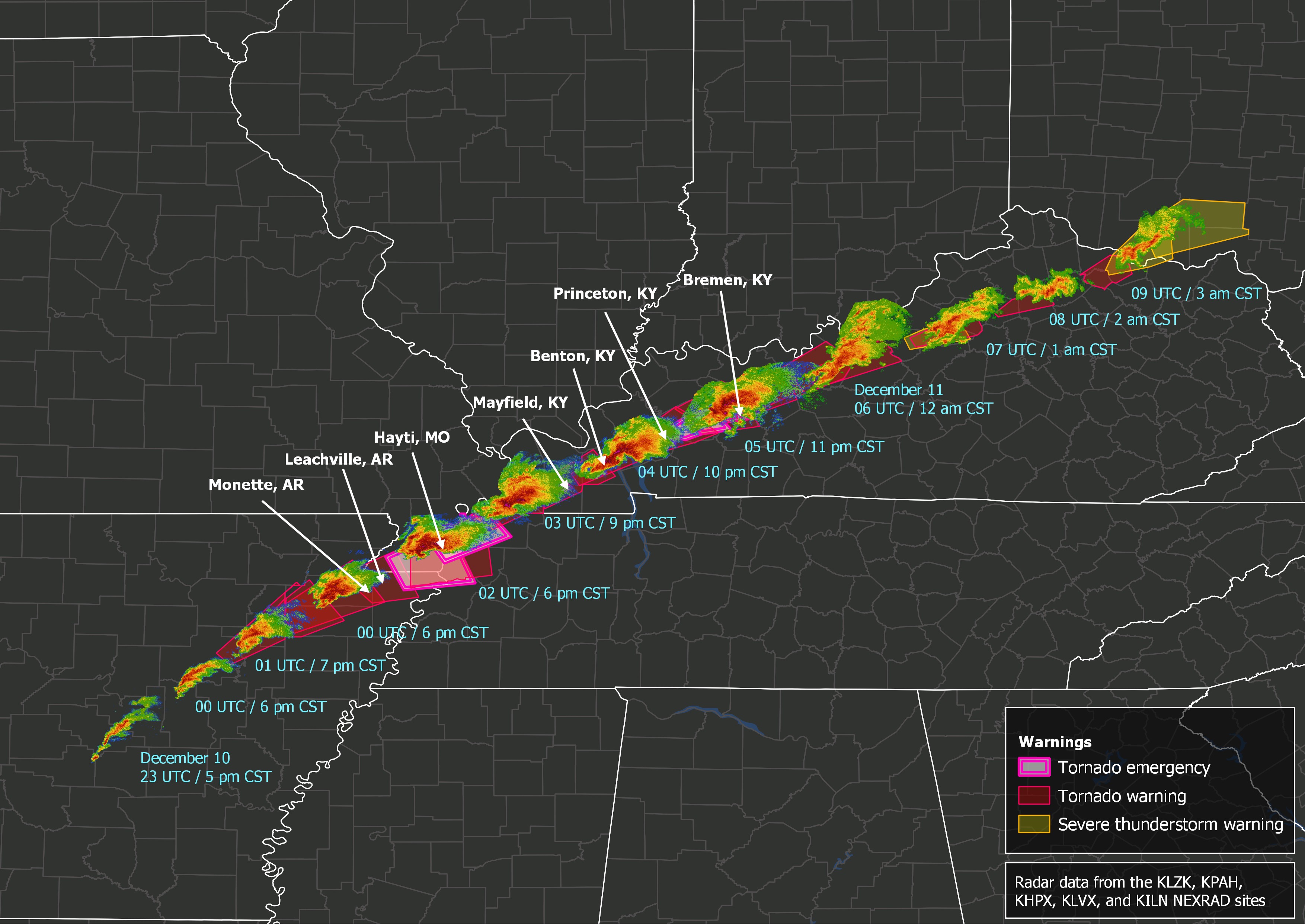
At the heart of every tornado-producing supercell lies a mesocyclone – a rotating updraft that can extend several miles into the atmosphere. Some falling precipitation actually gets caught in the mesocyclone’s circulation and wraps around to form the hook echo on radar. The RFD develops when dry winds in the middle and upper troposphere encounter the back side of the updraft.
The mesocyclone is visible on weather radar as the distinctive “hook echo” that storm chasers and meteorologists watch for anxiously. This curved shape on radar screens has become the calling card of potentially tornadic storms. This indicates the position of the mesocyclone and probably a tornado. When you see that hook on radar, it’s time to take cover.
Why 2024 Became a Record-Breaking Tornado Year
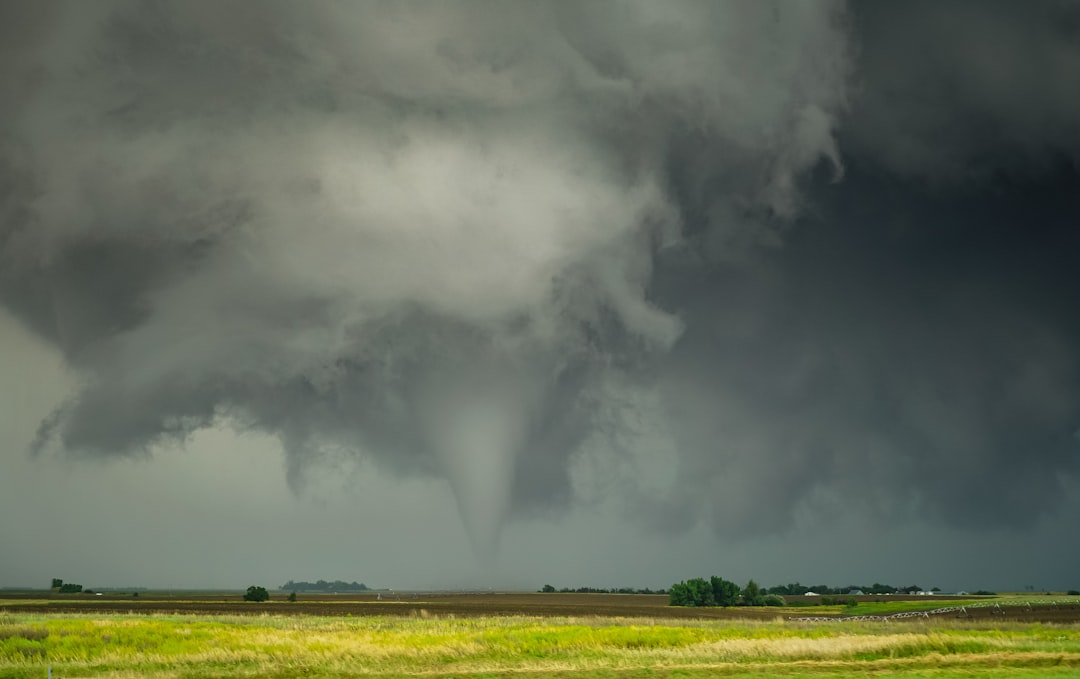
From January through November (the latest month for which official counts are available), the U.S. recorded 1,762 tornadoes – the highest number in a decade, according to the National Oceanic and Atmospheric Administration. The year 2024 stood out as exceptional, even among meteorologists who study extreme weather for a living.
Victor Gensini, a professor of meteorology at Northern Illinois University, described it as “kind of like death by 1,000 paper cuts.” It’s not clear why Hurricane Milton churned out so many twisters, but a study published in June found that the number of tornadic storms could increase by as much as 299% by midcentury. The year brought an unusual pattern of persistent tornado activity rather than a few massive outbreaks, keeping communities on edge throughout the season.
The Enhanced Fujita Scale: Rating Nature’s Fury
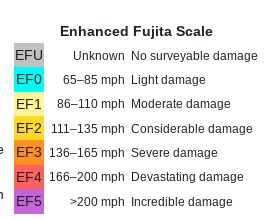
The scale ranges from EF-0 to EF-5, an EF-5 being the most destructive level of tornado. The categories are based off of estimated wind speed determined by the level of damage. The scale does not take the tornado’s size, duration, or radar wind speeds into account. Scientists rate tornadoes not by measuring their winds directly, but by examining the destruction they leave behind.
The reason why wind speeds are estimated off of damage and not based on recorded observations or radar is because wind speeds that strong can damage any unprotected instruments, and radar doesn’t represent ground conditions. Because of this, there must be damage in order to rate a tornado. It’s a bit like trying to figure out how hard someone punched by looking at the bruise rather than watching the punch itself.
The Deadliest Tornadoes Pack the Biggest Punch
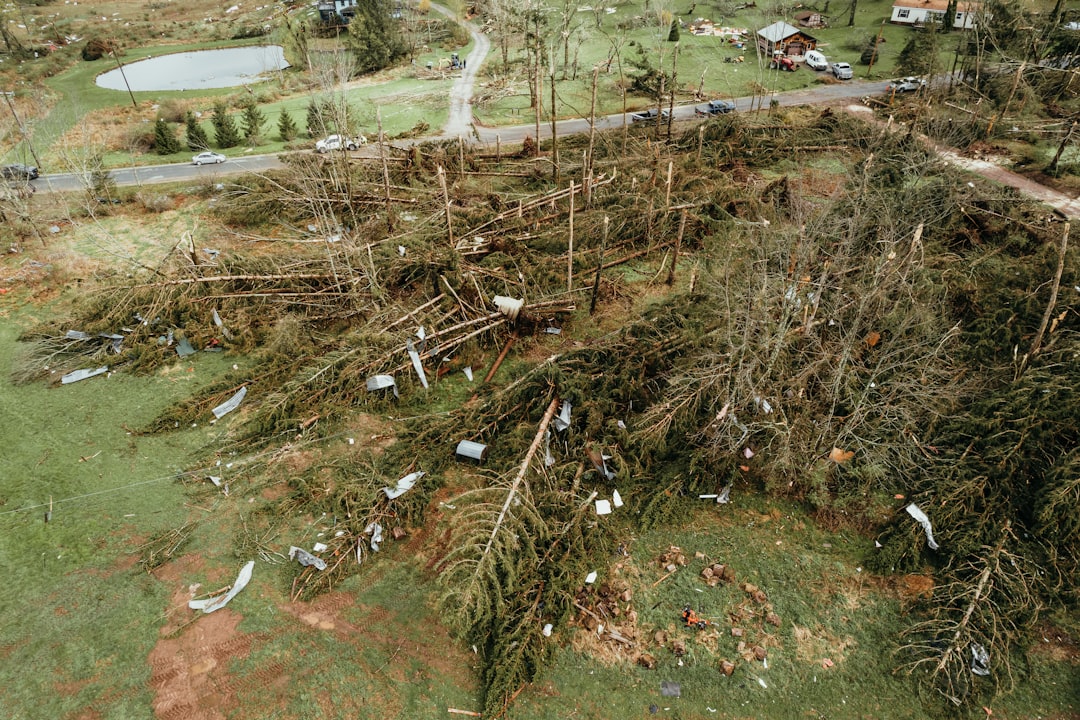
Violent (EF4 or EF5) tornadoes made up just 0.5% of all tornadoes in the U.S. from 2000 through 2022. But they’re often deadly: From 2000 through 2023, this tiny fraction of tornadoes was responsible for roughly half of all U.S. tornado deaths. The death toll from these 126 violent tornadoes (850 lives) exceeded the death toll from the other 27,317 tornadoes combined (820 lives).
The mathematics of tornado lethality are sobering. Put another way, each F/EF4 tornado killed an average of four or five people, while F/EF5 tornadoes killed an average of 37. These statistics underscore why meteorologists take potentially violent tornadoes so seriously, even though they’re incredibly rare. The United States has not experienced an EF-5 twister since the Moore Tornado in 2013.
Revolutionary Radar Technology Changes Everything
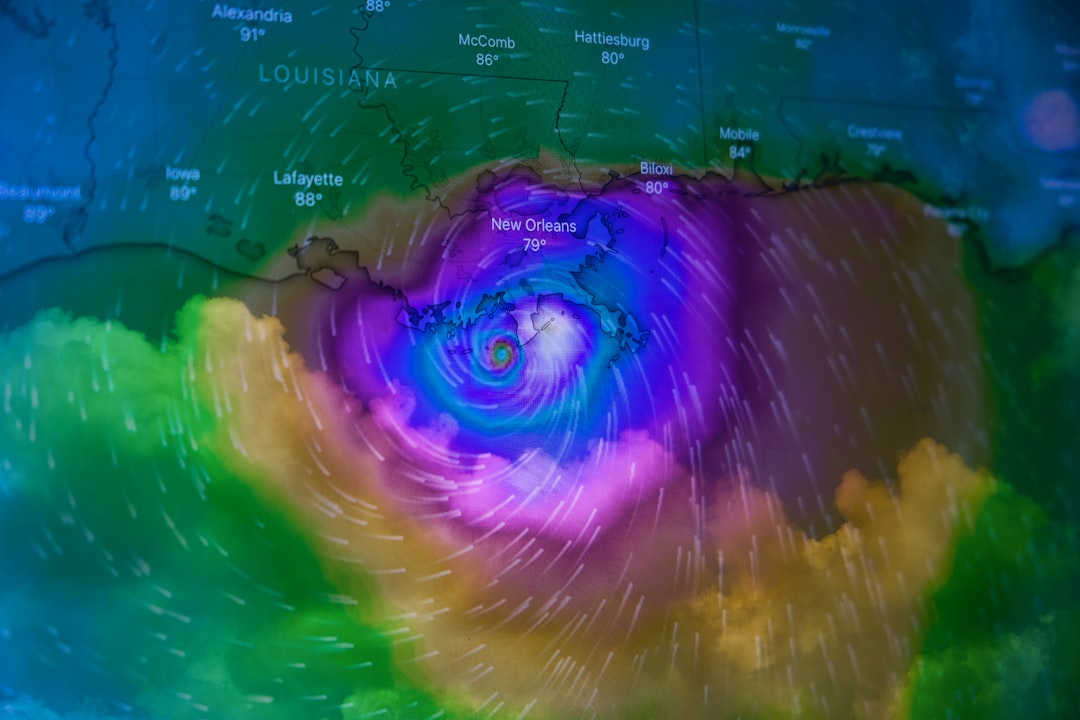
NSSL researchers discovered dual-polarization radars can detect debris from a tornado, helping forecasters pinpoint its location even at night or if it is wrapped in rain. Modern weather radar has transformed tornado detection and warning systems, giving people precious extra minutes to seek shelter.
The national network of weather radars now use dual-polarization technology, and NSSL continues to be a leader and major contributor to its ongoing scientific and engineering development. NSSL has a research phased array radar that also incorporates dual polarization technology, and can scan the entire sky for severe weather in less than a minute. This technology can distinguish between raindrops and flying debris, providing meteorologists with unprecedented insight into tornado structure and behavior.
The Science of Wind Speed Measurement
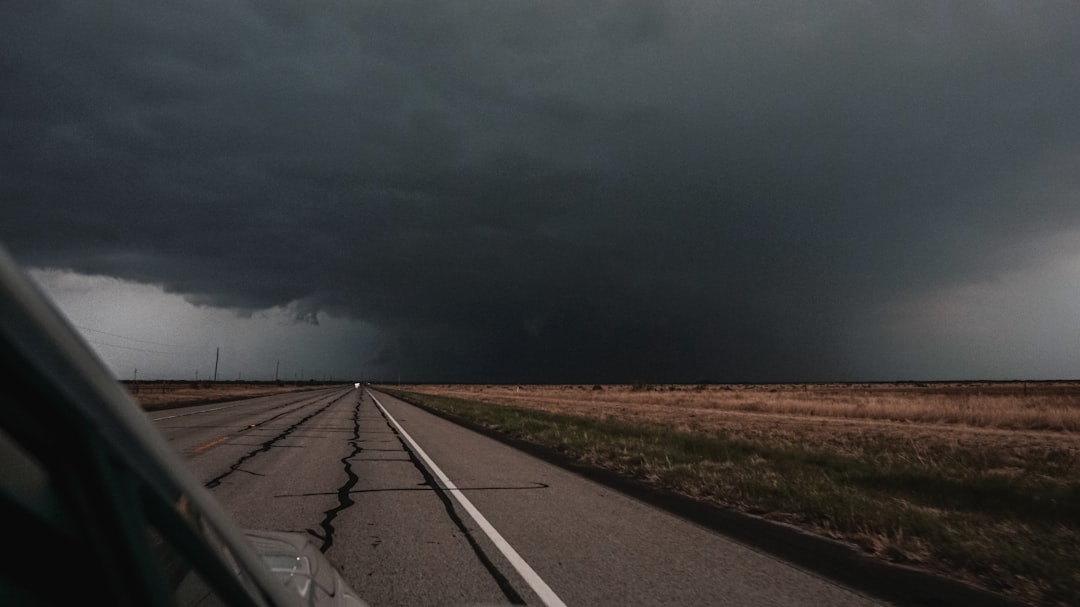
On April 26, a Doppler on Wheels (DOW) mobile radar truck measured 1-second wind speeds of approximately 224 mph at a height of ~282 yards as a tornado passed near Harlan, Iowa. As the tornado moved through the town, a Doppler on Wheels measured winds of at least >250 mph, “possibly as high as 290 mph” at 48 yards above the surface.
During the Greenfield, Iowa EF4 on May 21, 2024, Doppler on Wheels recorded wind speeds of 263–271 mph in a very small swath inside the funnel approximately 100–106 ft above radar level as the tornado went through town. After doing some mathematical and physics-based calculations, the researchers determined those measured winds were equivalent to 309–318 mph. These measurements represent some of the strongest winds ever documented on Earth’s surface.
Deep Learning: The Future of Tornado Prediction
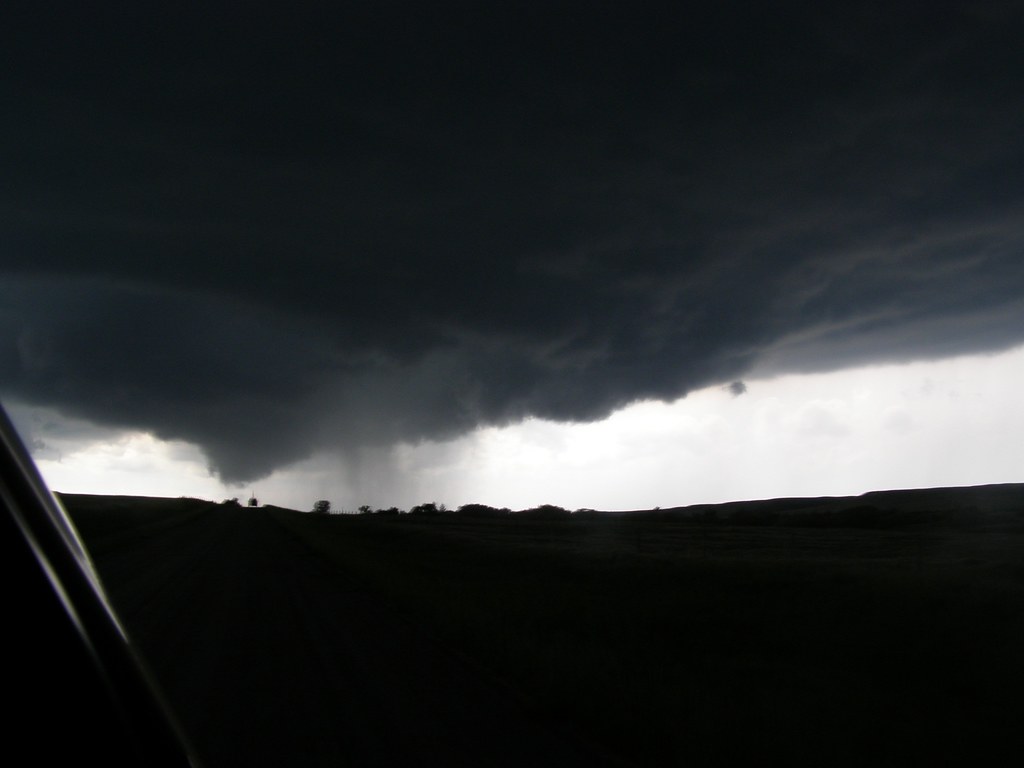
The National Science Foundation has funded a team of OU scientists to take a cutting-edge approach to understanding the life cycle of tornadoes. “Investigating Tornadogenesis via Explainable Deep Learning” is funded by the National Science Foundation for $866,172 over three years, starting September 1, 2024.
Many different features have been implicated in the literature as being important to tornadoes, citing variables such as temperature, moisture and wind direction and speed. A machine learning model can take all of that information and look at it impartially, and hopefully confirm or refute existing understanding of how tornadoes form and decay. Scientists are essentially teaching computers to recognize the subtle patterns in atmospheric data that lead to tornado formation, potentially revolutionizing how we predict these deadly storms.
Geographic Tornado Trends Are Shifting
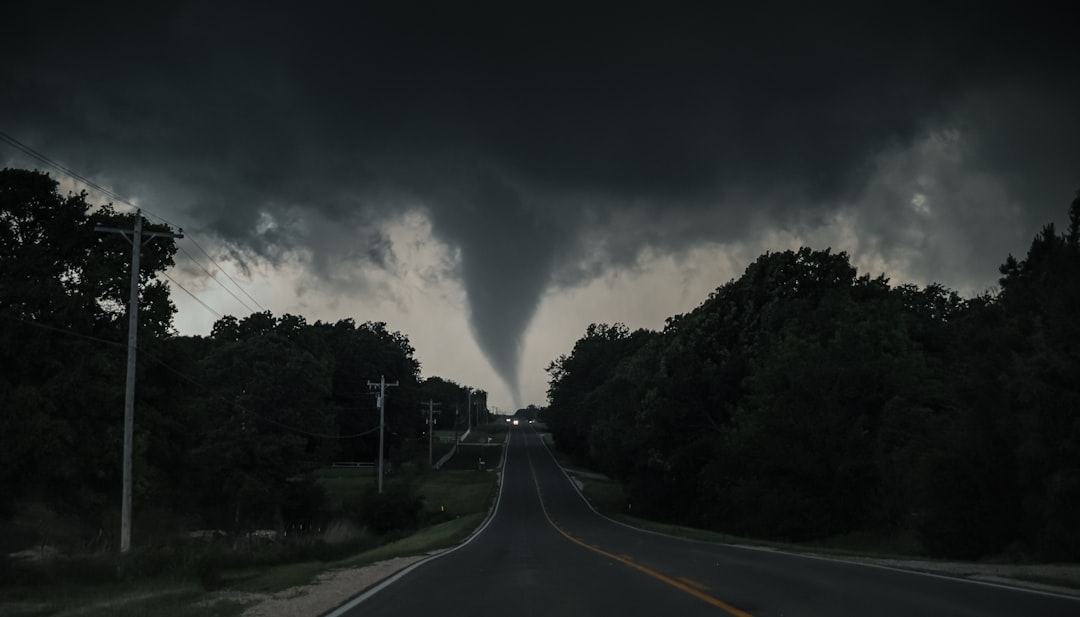
Tornado counts have increased in the Southeast, Midwest, and Northeast, as represented by a robust upward trend in the STP. In the southern Great Plains, by contrast, negative trends are apparent. The traditional “Tornado Alley” of the Great Plains is seeing fewer tornadoes, while areas further east are experiencing more activity.
The tornadoes form rapidly with very few precursors, so it is really hard to apply the knowledge researchers have gained in the Great Plains to the Southeast tornado problem. During its nine operating periods, PERiLS involved hundreds of researchers, scientists and other support personnel, all coordinating to deploy numerous different instruments safely and efficiently to observe, document and analyze these storms up close. Scientists are working hard to understand why southeastern tornadoes behave differently from their Great Plains cousins.
Cosmic Rays: An Unexpected Tool for Tornado Research
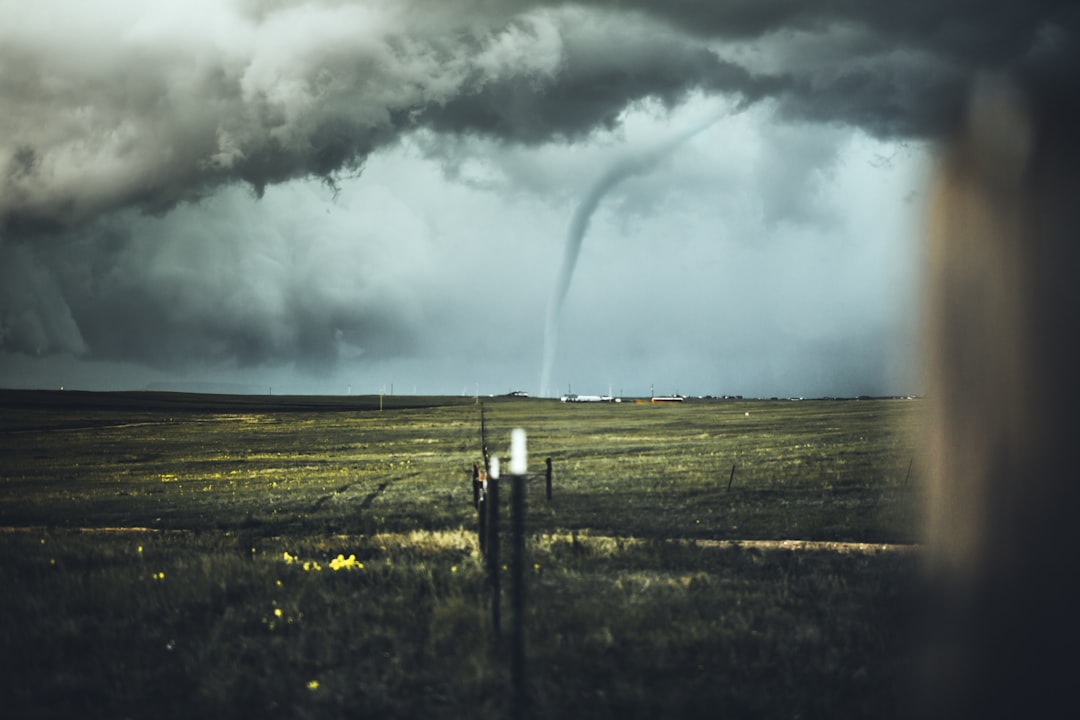
Subatomic particles called muons could measure pressure changes in supercell thunderstorms and the twisters they kick up. Muons, subatomic particles that are like heavy versions of electrons, could reveal the atmospheric pressure within a thunderstorm and resulting tornado. Scientists are exploring some truly out-of-this-world methods to study tornadoes.
Computer simulations of supercell thunderstorms suggest that a low-pressure region within a storm contributes to tornado formation. Muons could probe pressure from a distance, solving that problem. “You could actually use this technique to do pressure measurements remotely,” says physicist William Luszczak. This cutting-edge research could provide entirely new insights into the internal structure of tornadoes without having to get dangerously close to them.
Climate Change and Tornado Activity
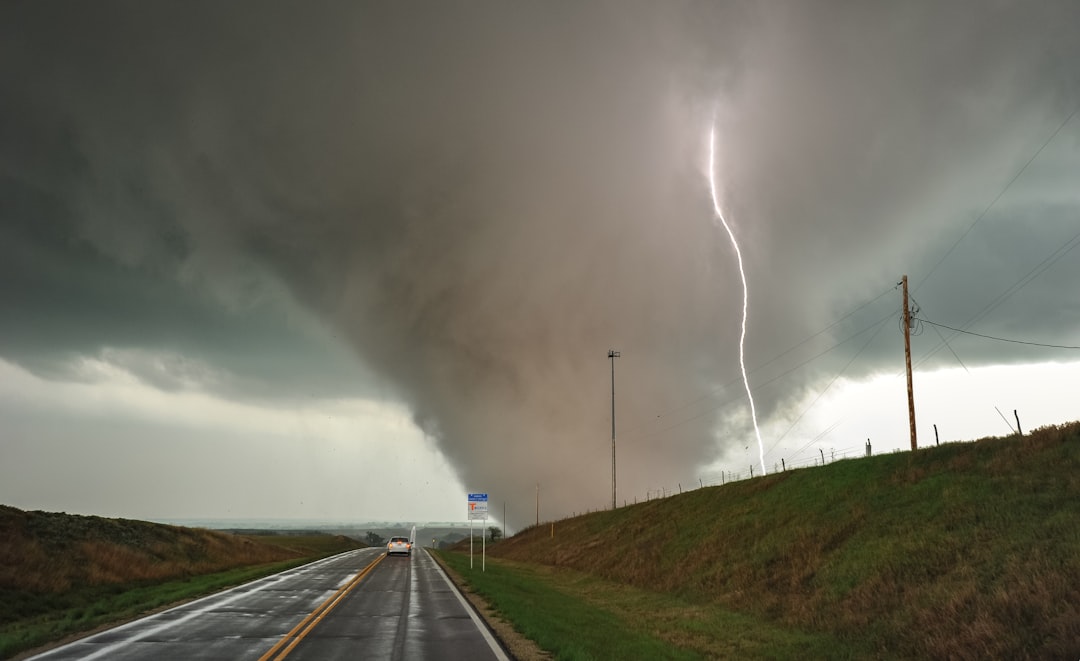
Research indicates that global warming can increase atmospheric instability, a key ingredient in the development of thunderstorms. Instability in the atmosphere often comes from differences in temperature and air density, which in turn fuels strong columns of rotating air within storms. But many aspects of tornado science are still murky, including what causes some tornadoes to intensify while others break apart.
Some studies have even found that climate change might suppress the formation of tornadoes by weakening vertical wind shear. Unlike events like heat waves or wildfires, which have clear links to rising temperatures, researchers are still working to understand why this was such an exceptional tornado year, including possible connections to climate change. The relationship between our warming planet and tornado activity remains one of meteorology’s most complex puzzles, with researchers finding evidence for both increases and decreases in future tornado activity depending on the specific atmospheric factors they study.
The Human Cost of Tornado Violence
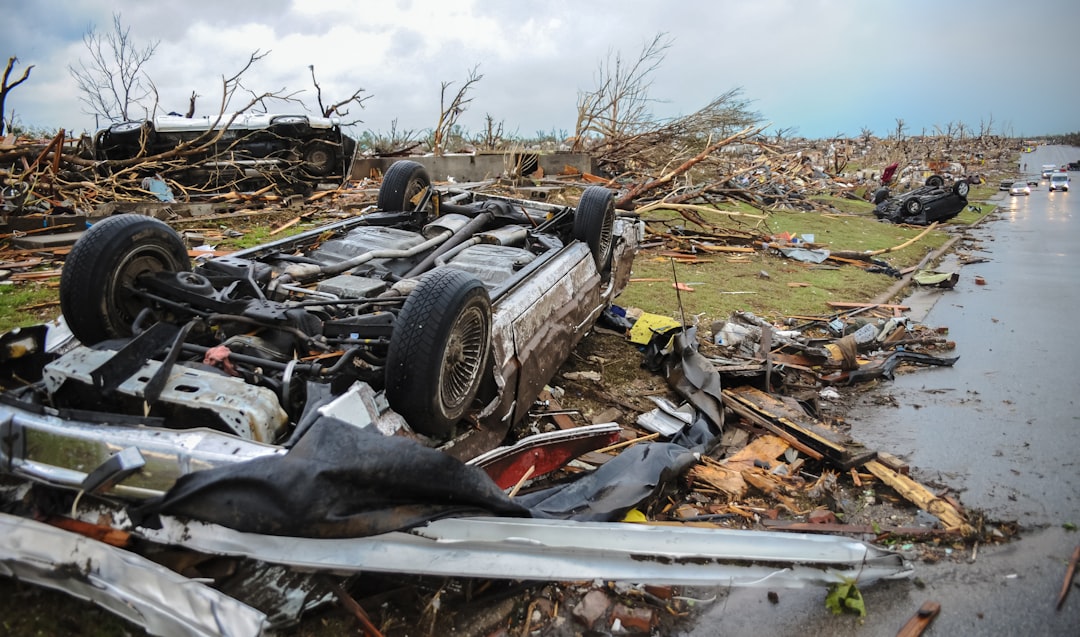
NOAA has confirmed 54 tornado-related deaths in 2024. Of these deaths, 33 occurred in a manufactured home, 10 inside a traditionally built home, three inside a vehicle, three outside, one inside a building, and four locations are unknown. The statistics reveal a stark reality about tornado vulnerability – mobile homes and manufactured housing bear the brunt of tornado fatalities.
Since 1880, the percentage of fatalities during daytime tornadoes has decreased by 20%, while the percentage of deaths during nighttime tornadoes has increased by the same amount. Nighttime tornadoes kill twice as many people as daytime tornadoes annually. Darkness adds another layer of danger to these already deadly storms, making them harder to see and warnings more difficult to heed.
The raw power of tornadoes continues to humble scientists and terrify communities across the globe. While we’ve made incredible strides in understanding and predicting these atmospheric monsters, they remain one of nature’s most unpredictable and destructive forces. From the complex physics of mesocyclone formation to the cutting-edge technology used to study them, tornadoes represent the ultimate intersection of scientific fascination and natural terror. As we develop better tools and deeper understanding, one thing remains clear: respect for these spinning columns of destruction will always be our most important defense. What other secrets do you think these violent storms still hold?
- How Meteorologists Predict Storms Using Satellite Data - October 3, 2025
- What Causes Rainbows And Why They’re Always Curved - October 1, 2025
- 3 Industries Face Crushing New Tariffs as Trade War Escalates - September 28, 2025

